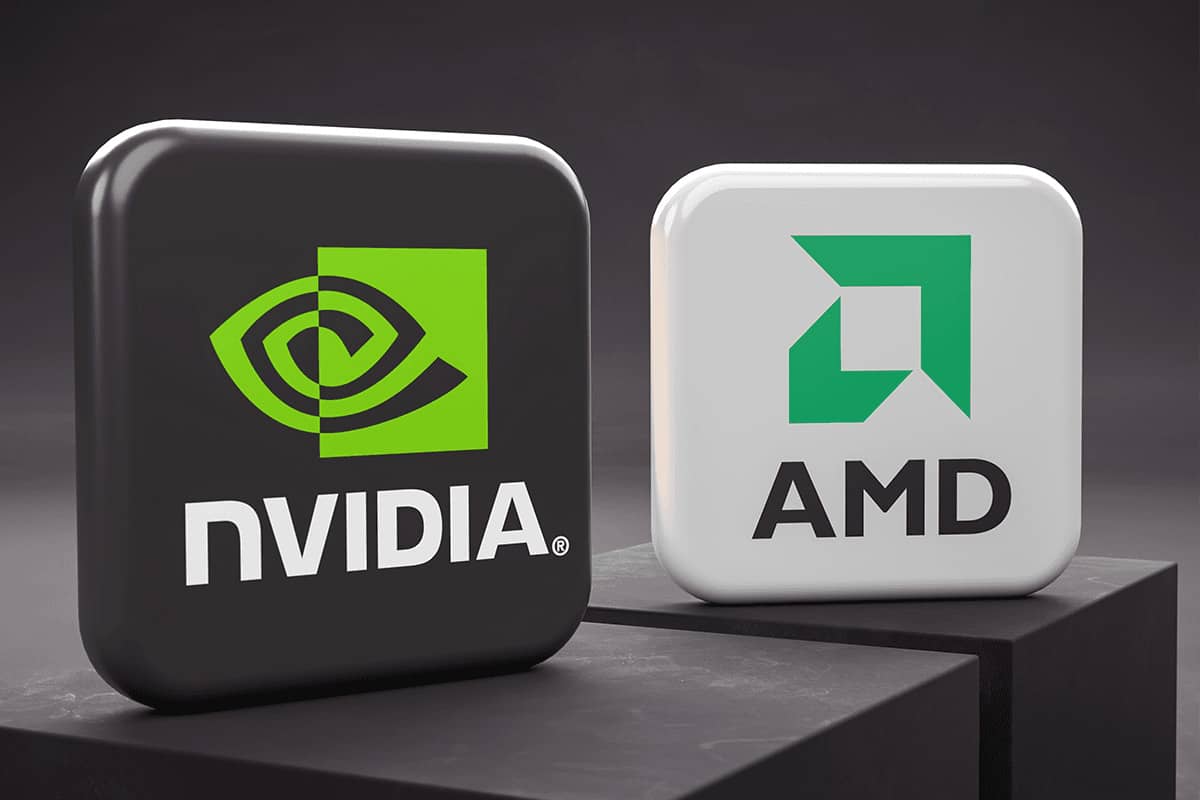While Nvidia (NVDA) has been the dominant force in the semiconductor industry, Advanced Micro Devices (AMD) is showing signs of catching up.
AMD’s stock has underperformed in recent months, but its long-term potential remains strong, with analysts forecasting significant upside in 2025.
Why the Market May Be Overlooking AMD
Nvidia’s rapid success in AI has overshadowed AMD, but valuation metrics suggest AMD is currently undervalued.
The company’s price-to-earnings-to-growth (PEG) ratio is 0.53, which indicates strong growth potential relative to its stock price.
Wall Street analysts expect AMD’s stock to gain momentum, with price targets around $150 per share, implying a 33% upside from current levels.
AMD’s Strength in AI and Data Centers
Despite Nvidia’s lead in AI, AMD is making steady progress with its MI300 series GPUs. These chips are gaining traction in cloud and enterprise AI workloads, thanks to their 1.8x higher memory bandwidth compared to Nvidia’s H100.
AMD’s AI revenue reached $5 billion in 2024, and the company is expected to expand its market share in AI GPUs to 5% by late 2025. The company’s data center revenue surged 69% year-over-year, with EPYC Turin processors now holding over 50% market share at major hyperscalers.
This growth in AI and data centers could drive AMD’s revenue up 25% year-over-year, making it a strong competitor to Nvidia.
Is AMD a Better Investment Than Nvidia?
While Nvidia dominates in AI, AMD’s focus on cost-effective, high-memory bandwidth solutions gives it an edge in inference workloads, a crucial area in AI computing.
Analysts believe AMD’s growth is not fully reflected in its stock price, especially considering its low PEG ratio and forward P/E of 22.66x, which is lower than the sector median.
With AI demand growing, AMD’s stock could see a significant revaluation in 2025. Although it may not surpass Nvidia outright, its steady gains in AI, data centers, and cost-effective solutions make it a strong pick for investors looking for growth at a more attractive valuation.














